Home Performance for Optimum Living
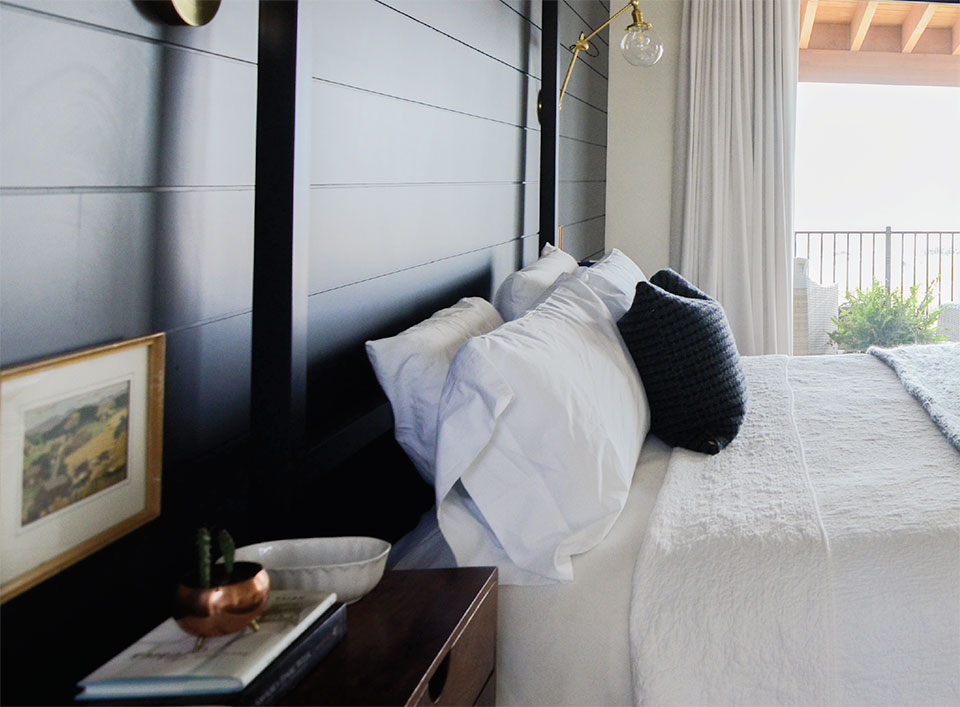
Home performance extends beyond energy efficiency and structural soundness. Western Home Journal profiles three companies offering products and services that make a living space safer, healthier, easier to maintain, and more functional.
Park City Blind and Design offers the most up-to-date technology in mechanized window treatments and products that provide UV protection from the sun’s damaging rays, temperature homeostasis, privacy, and beauty. Altitude Control Technologies is a world leader in altitude simulation and offers homeowners and their guests a relief from altitude sickness. Test My Home works with homeowners to alleviate health issues and maximize quality of life through education and in-depth testing.
How a home functions has a direct impact on how we function in our daily lives; in this issue’s Building Science feature, WHJ addresses home performance and how new technology can better support its inhabitants.
Park City Blind & Design
Beauty Meets Function
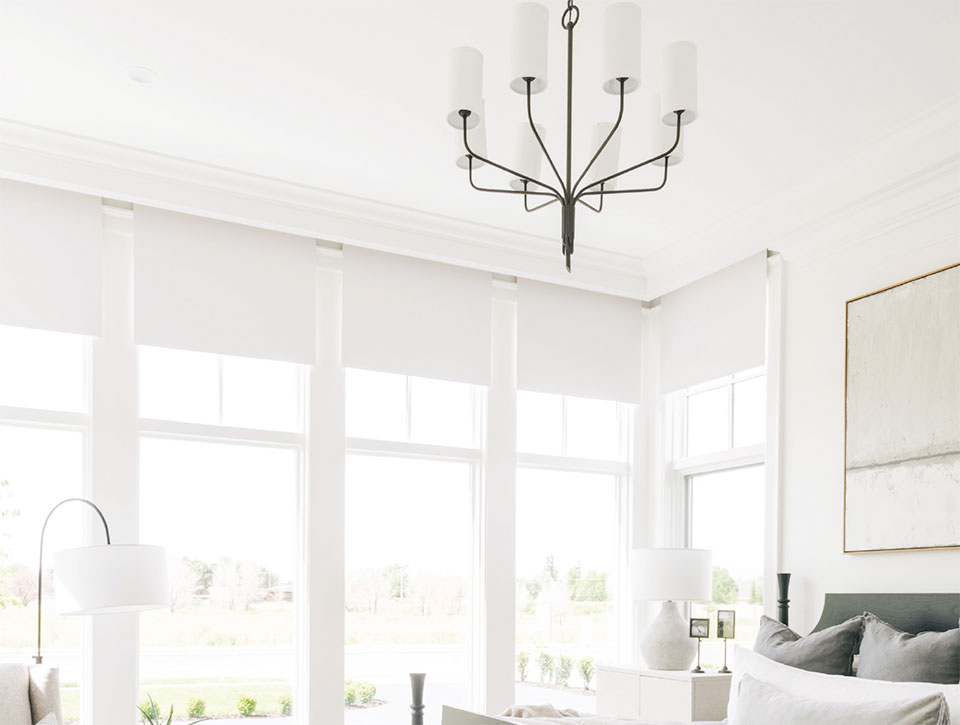
“We have the knowledge and experience needed to offer our clients the best options on the market. We stay up-to-date on all the current trainings for custom window treatment products that are available.”
–Clint Olson, Owner, Park City Blind & Design
With years of experience and broad creative knowledge of available products and applications, Park City Blind & Design brings solutions to clients that are equally as functional as they are beautiful. Clint Olson, owner of Park City Blind & Design, shares this commitment, “With all the product lines we carry, our clients don’t need to decide whether fashion or function is more important, they can have both!” Park City Blind & Design offers expertise in custom motorized window fashions. “We love to see technology working seamlessly with design and aesthetics to create a beautiful outcome for our clients,” continues Olson.
Park City Blind & Design highlights the expertise that allows them to create the best solutions for their clients. “We have the knowledge and experience needed to offer our clients the best options on the market. We stay up-to-date on all the current trainings for custom window treatment products that are available,” explains Olson. In places like Park City, where expansive windows allow for enjoyment of beautiful views, excessive sun exposure can take a toll on interior furniture discoloration as well as the home’s energy performance. Motorized window coverings offer accessible solutions for the large window designs prevalent in the Mountain West. “Working in this area, where many of the windows are large and uniquely shaped, allows us the opportunity to get creative,” Olson continues. With motorization technologies advancing, products that previously were only exclusively accessible are now more broadly affordable across the market. The question has shifted from whether you can afford motorized coverings for a home solution, to exploring what options will best serve the space.
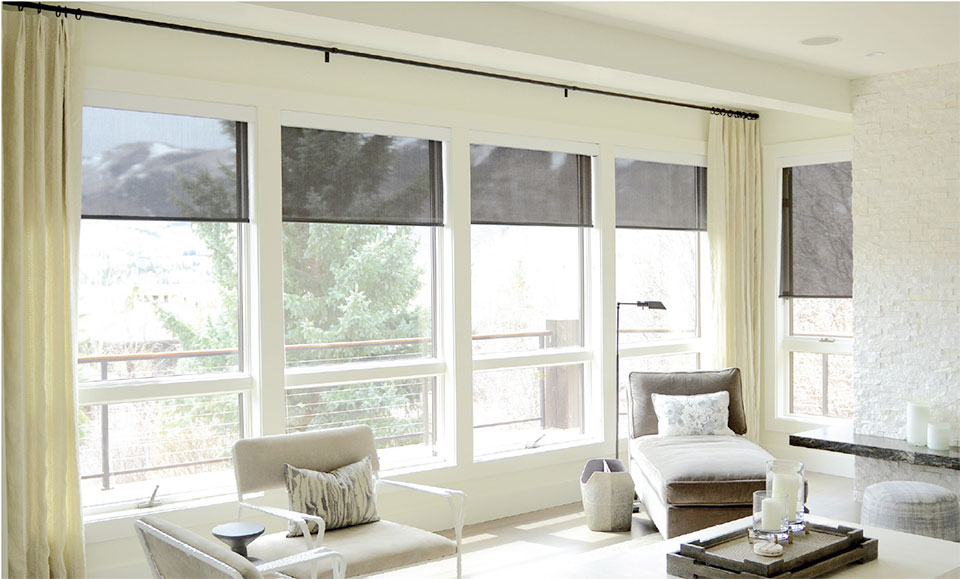
Specializing in custom options, Park City Blind & Design is devoted to expanding and maintaining their knowledge of all technologies and how they can integrate into the whole picture of the home. As Olson explains, “We offer many products that tie into your ‘whole home solution,’ providing light control, privacy, sun protection, and/or room darkening for each room in the home. That’s the beauty of custom window treatments. The options are endless!”
Park City Blind & Design takes a comprehensive approach to fine-tune solutions for their clients’ lifestyles and aesthetic desires. “The first thing we do is visit with the client in their home or business to determine their needs and wants. We listen, evaluate the space, including the shape and spacing of the windows, explore how much sun control and privacy is necessary, and determine where motorization can be helpful. We can advise on pre-wire with new construction or help determine the best motors for existing buildings,” explains Olson. From there, they help the client choose from their extensive sample collection, or meet at the showroom to tangibly explore options. “Our showroom is filled with operable displays and material samples as well as a fabric studio that includes hundreds of designer fabric books and drapery hardware displays,” adds Olson. This way the client can personally operate the products they are interested in and make a well-informed decision.
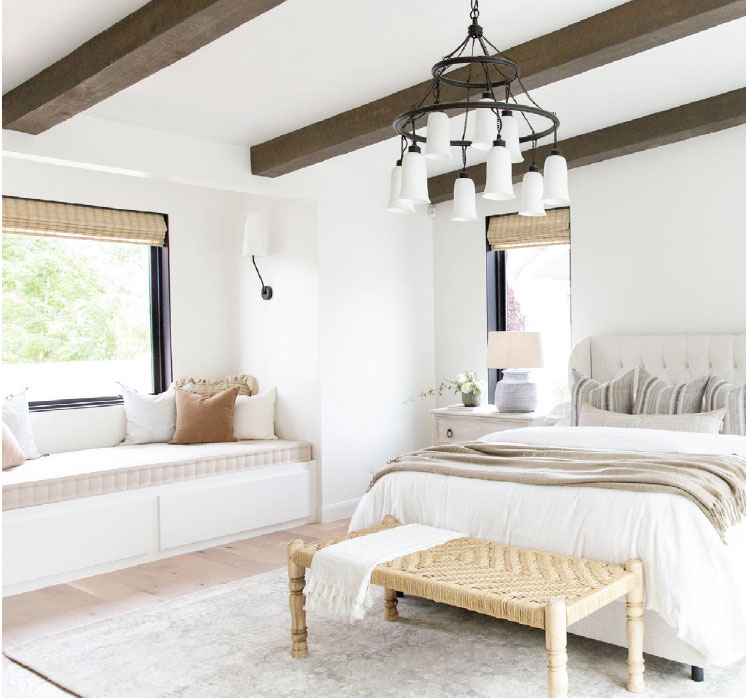
“In Park City, most people want to take advantage of the spectacular views, but the sun can also be harsh on furnishings. We offer a dual shade that includes a sunscreen shade and a privacy or blackout shade that can be adjusted according
to the time of day and the needs of each client.”
–Clint Olson, Owner, Park City Blind & Design
TMany factors determine appropriate choices when selecting window coverings. Privacy, light filtration, and integration with home automation are all essential to the decision process. Park City Blind & Design guides their clients through options that meet these needs in creative ways. Olson shares some options, saying, “In Park City, most people want to take advantage of the spectacular views, but the sun can also be harsh on furnishings. We offer a dual shade that includes a sunscreen shade and a privacy or blackout shade that can be adjusted according to the time of day and the needs of each client.” Layering window treatments helps to achieve these goals in a visually pleasing way. “For example, a client may opt for woven wood shades paired with draperies. This gives them options for light filtering, privacy, or room darkening incorporated together,” explains Olson.
One particular new technology the company is excited about makes motorized shades even more versatile. “One of our favorite products right now is a rechargeable, battery-operated motor that is quiet, and operated by the touch of a button or an app on your phone,” notes Olson. This technology can also be programmed and coordinated with other home automation systems, opening and closing on a time clock, and can be applied to many window covering products.
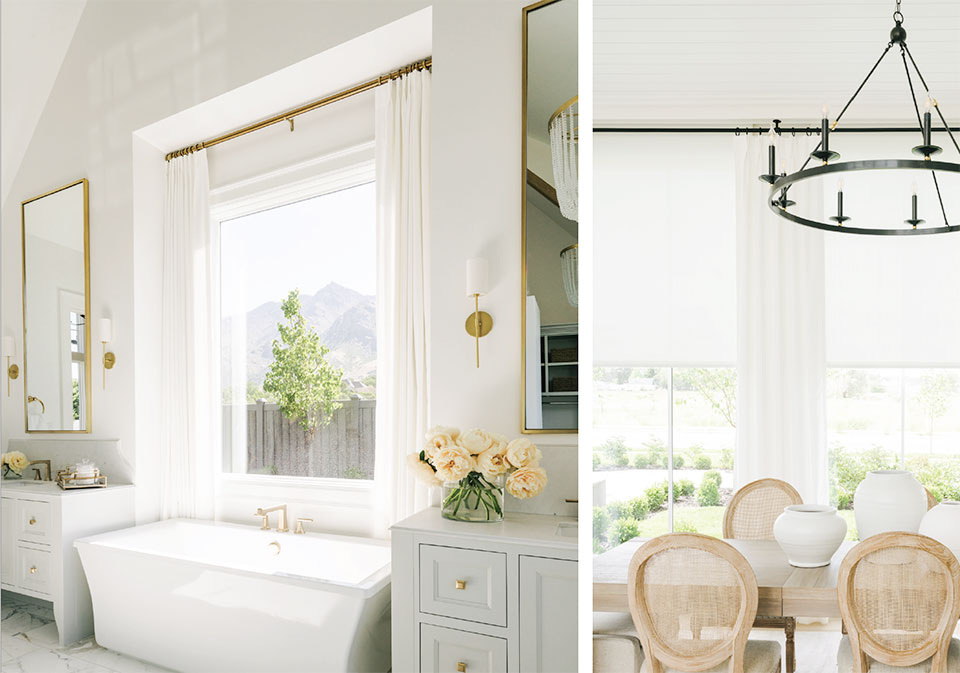
Understanding of products, expertise in applications, and training in the latest technology allows Park City Blind & Design to consider creative solutions for the mountain home. Where custom windows engage with the natural beauty, Park City Blind & Design helps to ensure that this beautiful part of the home is also one that performs effectively.
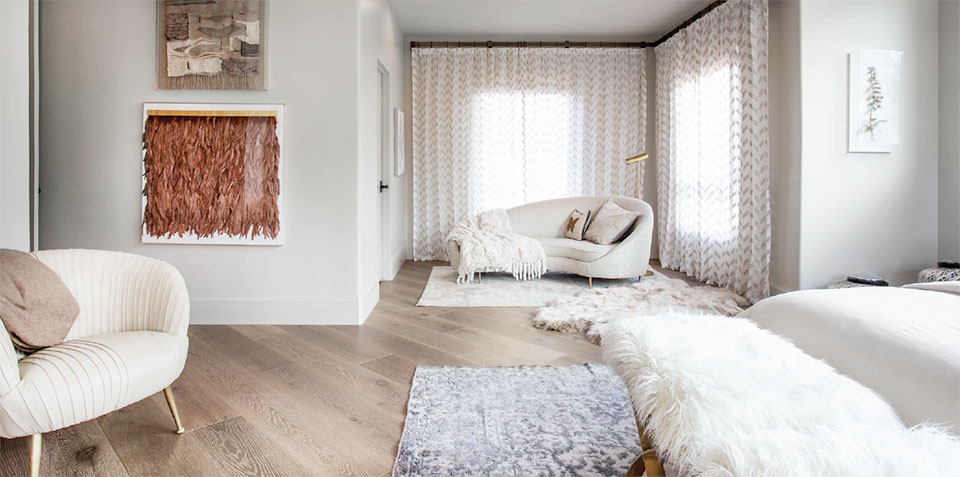
Altitude Control Technologies
Not Sleeping At Altitude
LARRY KUTT HAS HEARD THIS STORY MORE THAN ONCE:“I worked my whole life and saved money to build my dream home on a mountain near a ski area. When I’m at my new home, I have headaches and can’t sleep.”
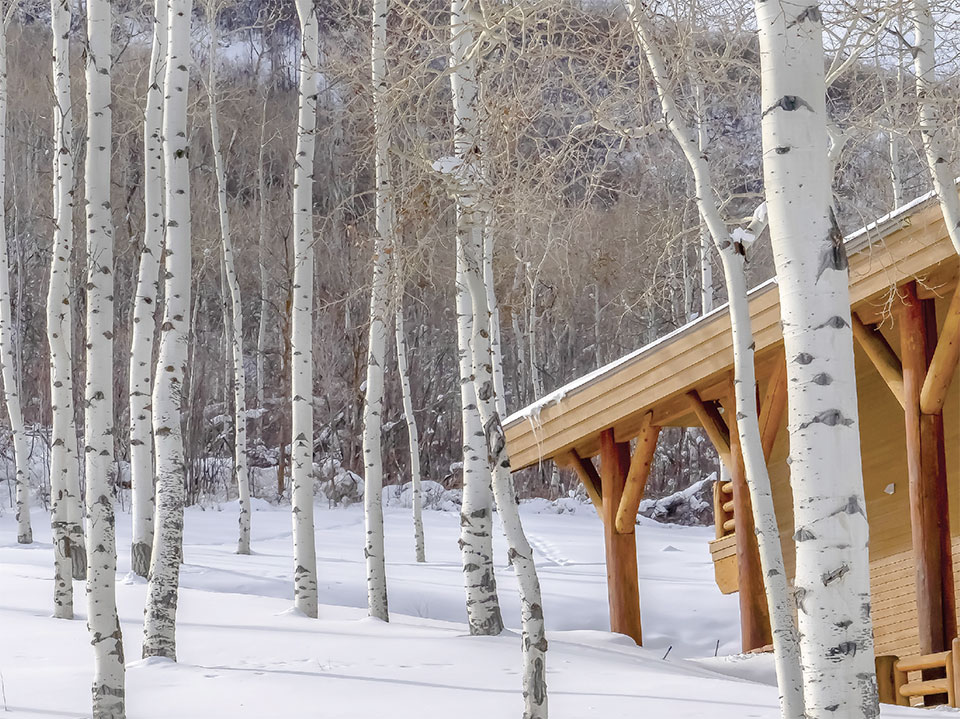
As a mountaineer, Larry Kutt has a long-standing interest in the effects of altitude on the body. “You really can’t ignore these effects as a mountaineer or as a rescuer,” says Kutt. “Altitude sickness is a very real thing, and it disrupts sleep at high altitudes.” His interest inspired him to seek out a community of physiologists, physicians, and experts in altitude physiology to share their understanding of the effects of altitude and ways to ameliorate them. As an entrepreneur and professor of entrepreneurship in Colorado, Kutt saw glimmers of opportunity to bring this knowledge into practical use.
The first outcome was to develop highly technical simulated altitude environments and oxygen control systems for academic research, military pilot training, and sports conditioning. As a measure of success, in 20 years, there are now 3,000 ACT simulated altitude environments located around the world, including at Harvard Medical School, the Mayo Clinic, the U.S. Air Force Academy, and the entire wing of one hospital.

Kutt and Altitude Control Technologies turned to another
problem. This one presented itself as an often-heard story similar to this: “I worked my whole life and saved money to build my dream home on a mountain near a ski area. When I’m at my new home,
I have headaches and can’t sleep.”
“We are only just beginning to recognize the importance of oxygenated sleeping environments.”
–Larry Kutt, CEO, ACT
“It is classic altitude sickness,” states Kutt. “By going from near sea level to 9,000 feet, the majority of people develop altitude-related insomnia. Oxygen levels at most ski areas are about 30 percent lower than at sea level. Some of the other common effects of altitude sickness are headaches, digestive upset, and fatigue.” The challenge Kutt saw was to reproduce sea level conditions in homes located high in the mountains.
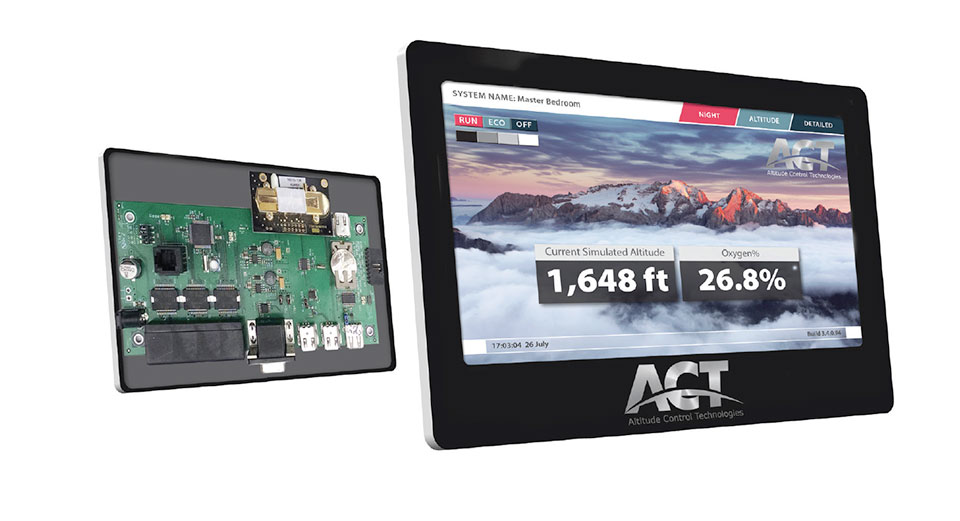
“We brought in experts from our medical board of advisors,” Kutt recalls. “The solution is not as simple as just adding oxygen to the sleeping area environment. To be safe and effective, oxygen must be measured and controlled relative to barometric pressure, and of course barometric pressure is constantly changing. Also, oxygen has the potential to increase fire risk if not handled properly. For that reason, we incorporated the National Fire Protection Association standards for safe oxygen use in our algorithms. This sophisticated technology addresses all of these issues, but it is extremely easy to use. Basically you turn it on and feel good.”
ACT’s Altitude Control System has three components. First is an oxygen extractor, about the size of a carry-on suitcase with a digital screen, a gauge, and an on/off switch. Within the box are circuit boards. Essentially, it is a molecular sieve that separates the nitrogen and oxygen molecules in ordinary air and uses the oxygen while venting the nitrogen outside the house.
The second component is a color touch-screen control system. Sensors (the third component) register oxygen levels, barometric pressure, and air quality and transmit this data to the controller. The programming will maximize oxygen levels but not exceed fire protection standards based on the conditions it monitors with the sensors. The result is an atmosphere with an effective altitude that is 7,000 feet lower.
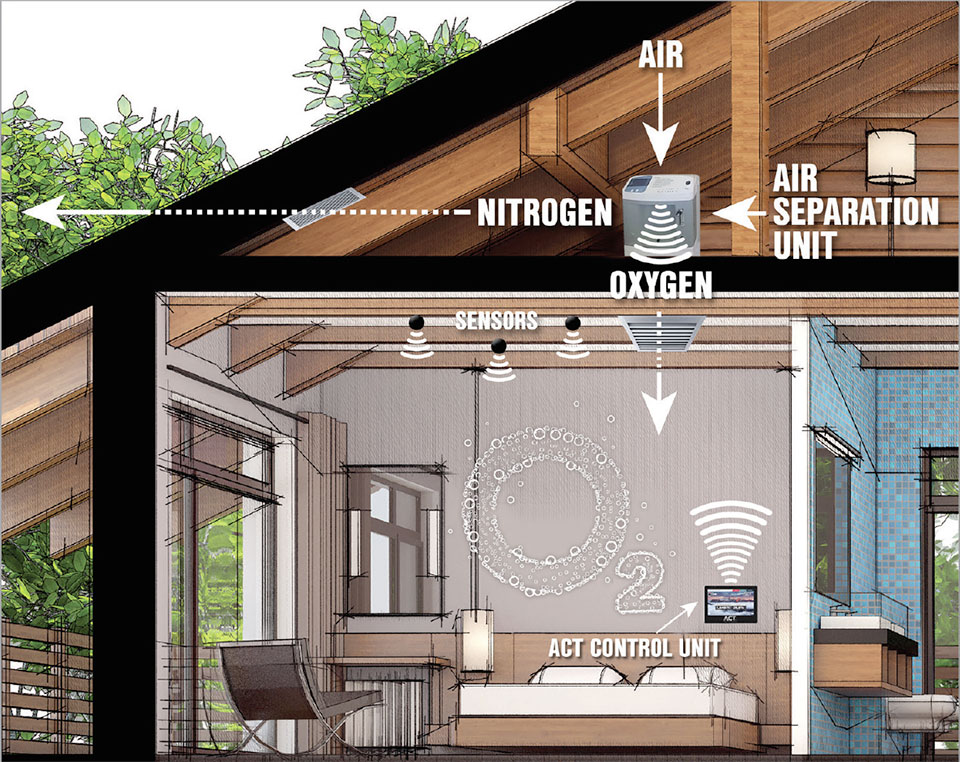
“The majority of people sleep poorly at altitude, and 100 percent say their sleep improves with an ACT system,” reports Kutt. He goes on to explain that most of the systems ACT installs are in bedrooms, and that ACT systems are engineered to run very quietly. “People who sleep in an oxygenated environment get fully oxygenated at night. It’s sufficient to prevent altitude sickness and allows them to fully enjoy daytime activities like skiing, hiking, and biking.”
“People who sleep in an oxygenated environment get fully oxygenated at night. It’s sufficient to prevent altitude
sickness and allows them to fully enjoy daytime activities like skiing, hiking, and biking.”
–Larry Kutt, CEO, ACT
“We are only just beginning to recognize the importance of oxygenated sleeping environments,” Kutt says. “We have learned from real estate professionals that problems adjusting to altitude are the principal reasons behind property turnovers at high altitudes.”
Asked about installation, Kutt explains that they install in both existing homes and in new homes, but almost all the projects they work on are at least at an altitude of 7,000 feet. What’s involved? “After the initial call, we analyze the rooms for air volumes and oxygen retention. We run a computer simulation using fluid dynamics.” The result is some sophisticated engineering. Most installations take two days. “Right now, about 70 percent of our projects are existing homes and 30 percent are new construction.”
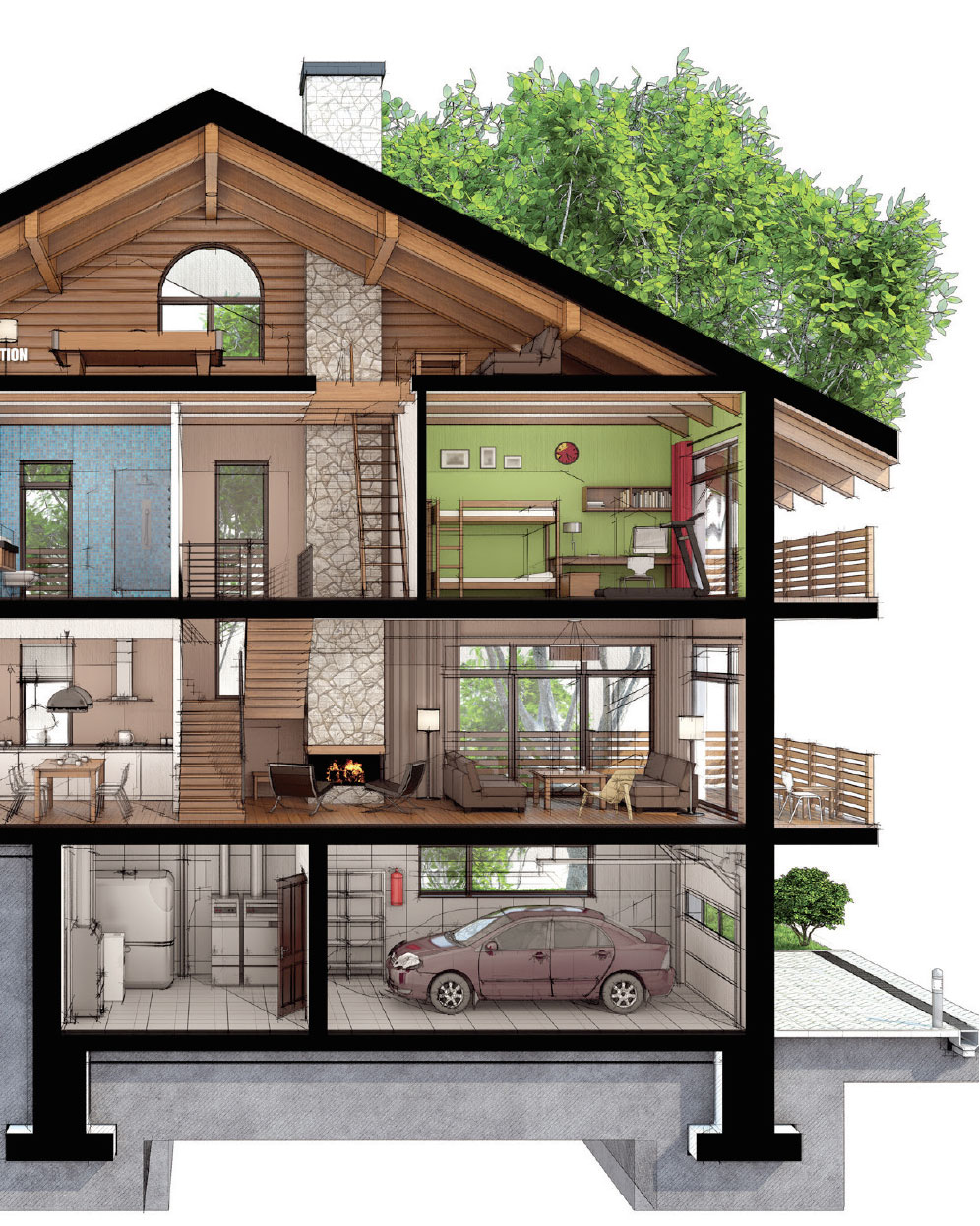
The system and the controller can operate on a stand-alone basis or be integrated with home automation systems. With an app on the phone, homeowners can turn on systems during travel so that upon arrival the space is fully oxygenated. Will this catch on? “I truly believe that oxygenation systems will become as accepted and expected as radiant heat is today,” says Kutt. However, he warns that there are wrong ways of doing it with serious consequences, pointing to an event at one of the Smithsonian Museums. “An improper oxygenation system from an unqualified company led to a fire. ACT provided a replacement system that has been working perfectly for years.”
Larry Kutt has a passion for technology, products, and the steps required to make good ideas a reality. He co-founded the School of Entrepreneurship at Metro State University in Denver with the intention of inspiring others to follow their passions, as well.
Test My Home
Beautiful house, but is it a healthy home?
“Toxins in your home may come from the materials chosen in your home’s construction, ‘off-gassing,’ or releasing toxic fumes and vapors in your home. They may also come from mold or mildew build-up, radon, combustible gases, carbon monoxide, and more.”
–Samantha Blaser, Founder/Owner, Test My Home
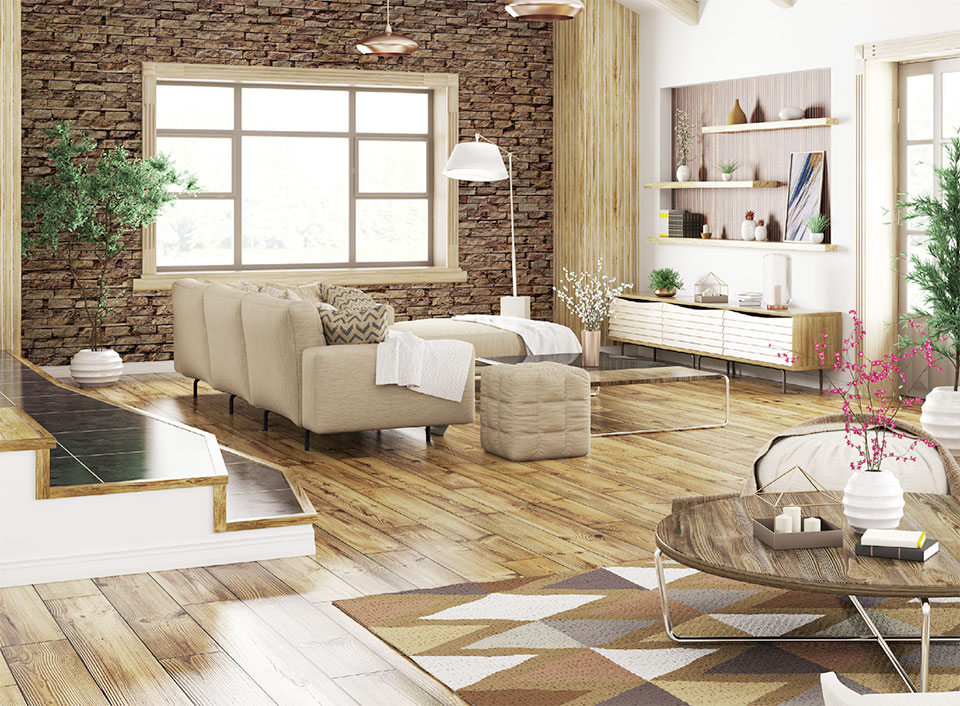
For homeowners and home buyers, most time and energy is focused on a home’s aesthetics and practicalities. Does the color of the paint give the room a warm and inviting feeling? How well will that countertop stand up to years of use? How will some remodeling or outdoor landscaping create a better space to entertain your friends and family? A home functions as a sanctuary for you and your loved ones and sets the tone for your quality of life.
Now that you’ve found a perfect art piece for that spot above the fireplace, fixtures for the master bathroom, and pillows for the guest bedroom, consider one more element; is your beautiful home truly healthy and safe? Currently, indoor air pollution is ranked by the EPA as one of the top five environmental risks to public health. Since most Americans spend approximately 90% of their time indoors, this major impact to health should not be overlooked.
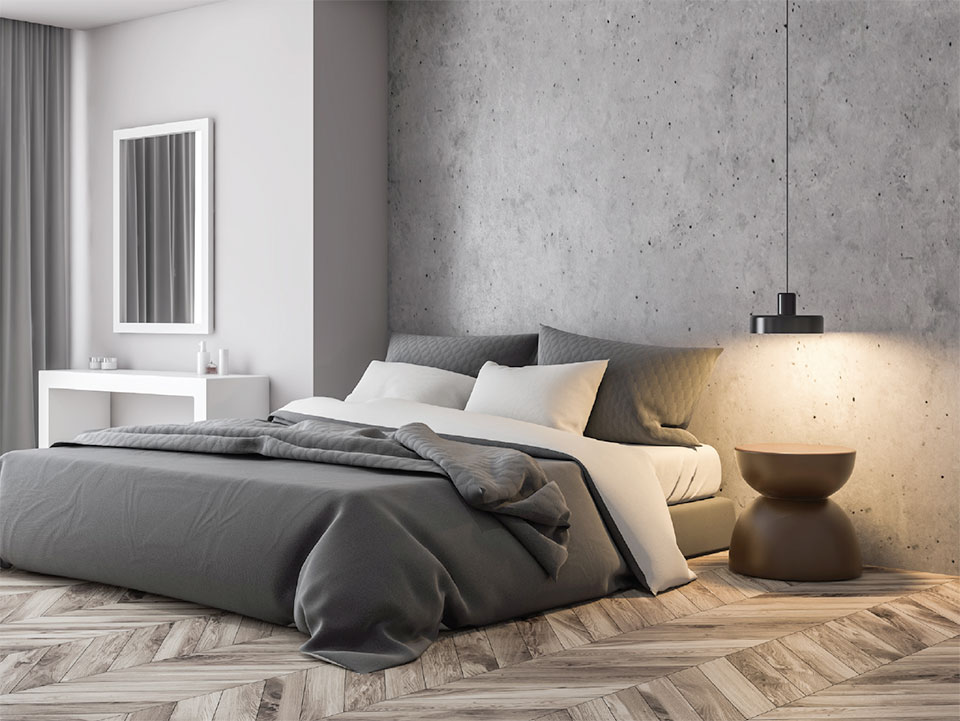
A few years ago, Ryan and Samantha Blaser were dealing with health issues and their medical doctors did not offer any clear explanations for their symptoms’ causes. An electrical engineer by trade, Ryan also had worked as an air quality specialist, broadband and radio frequency installer, contractor for nuclear waste cleanup, and environmental engineer and designer. After some extensive investigation, he came to realize that their house was making them sick. Rather than abandoning the home or moving to another one, Ryan used his background and experience to fix what was threatening their health. In the process, it became clear that they were not the only family experiencing toxic environmental exposure in their own house.
As a result of their personal experience, Ryan and Samantha founded Test My Home in 2017. Samantha explains, “When we were trying to make our own home healthy, we couldn’t find anyone who offered comprehensive testing. We knew how difficult the process was for us and how little information was easily accessible.”
They didn’t just stop at testing. Ryan is now certified by the National Institute of Building Biology and Ecology to test homes and guide homeowners with a plan to make their homes safe, healthy, and supportive of their lifestyle. The basics of Building Biology drive their approach to home health. “Building Biology is about having the comforts of the modern home, but in the most natural way possible,” explains Ryan.
In recent history, factors such as polluted indoor air, lead paint, and asbestos have been unseen and undetected factors that have result in unsafe homes. Today, a variety of chemicals and toxins pollute our indoor air and negatively affect our short- and long-term health. Samantha explains some common sources of harmful chemicals, saying, “Toxins in your home may come from the materials chosen in your home’s construction, ‘off-gassing,’ or releasing toxic fumes and vapors in your home. They may also come from mold or mildew build-up, radon, combustible gases, carbon monoxide, and more. Over time, many families unknowingly add to the problem with pesticides, toxic cleaning chemicals, perfumes, flame retardants in furniture, and electromagnetic frequency (EMF) exposure.”
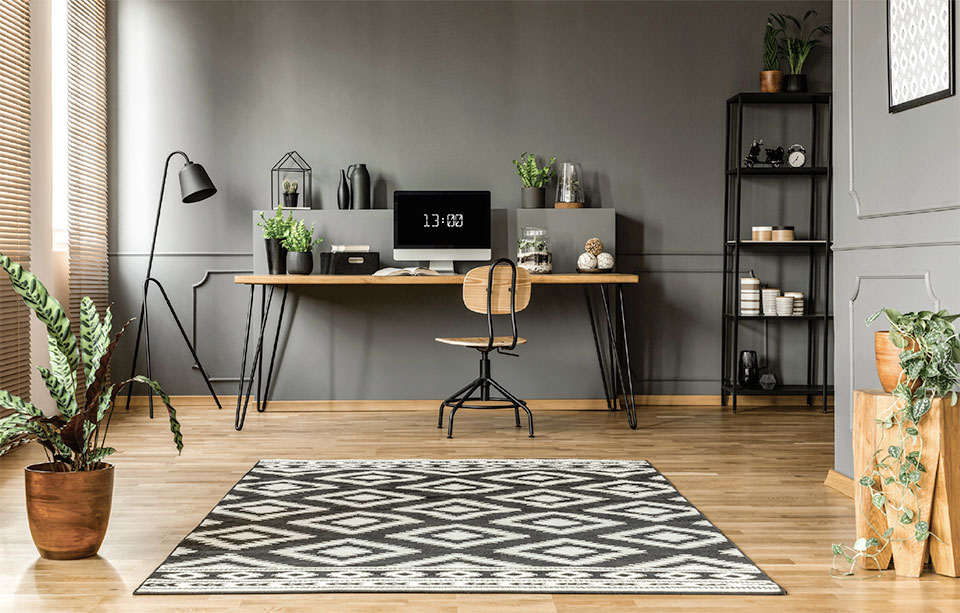
Ryan describes EMF and how it has changed in our environment, saying, “Electricity, FM radio, TV, microwave, bluetooth, Wi-Fi, radar, visible light, x-rays, and nuclear energy are all electromagnetic frequencies (EMF). Within the last 100 years, we’ve been exposed to levels of EMF that are billions, if not trillions, of times higher than we have ever experienced in all of human evolution.” Unnraveling the basics of why EMF can be stressful to some, he continues, “On the most basic level, our heart works on electric impulse, as does our mind and nervous system. In fact, our very cells communicate in two ways—chemically and electrically. When you introduce artificial frequencies, especially at the higher powers emitted by our many wireless devices, it can disrupt cellular communication, causing oxidative stress and all sorts of health problems. The spectrums of light and Wi-Fi, both electromagnetic frequencies, are so close that the body doesn’t know the difference. For someone who has trouble sleeping, we can test for levels of EMF in their sleeping area. Reducing EMF through simple things like turning off Wi-Fi in the bedroom at night, or using shielded electrical lines, can make all the difference for their sleep.”
Whether for an existing home, potential purchase, or new build, Test My Home starts each process with information gathering. Every small detail gets considered. They start with the perimeter of the homesite and work their way inside, gathering details that help them understand the home and how it could affect its occupants. Using their extensive testing, they address a multitude of factors from the natural building site to water and air quality and EMF exposure. Air quality is high on their list of things to inspect. “As homes have become more air-tight, maintaining healthy air flow is not always well-executed,” notes Ryan.
“Within the last 100 years, we’ve been exposed to levels of EMF that are billions, if not trillions, of times higher
than we have ever experienced in all of human evolution.”
–Ryan Blaser, Founder/Owner, Test My Home
Test My Home approaches their work through a joint education with their clients rather than simply identifying issues. “A lot of people don’t know what things can be making them sick. We help educate them,” notes Samantha. “Many times, we experience symptoms long enough that we don’t even realize they are symptoms anymore. We’re about getting to root environmental causes and alleviating symptoms for good,” she continues.
Test My Home has developed a “Healthy Home Certification” program to ensure that the home truly is a sanctuary of health. Clients are offered peace of mind that their dwelling has been certified as a clean and safe environment. Test My Home also works with clients and their realtors, providing a comprehensive inspection prior to a potential purchase. “Unlike a typical building inspection, we test for all potentially harmful elements from the plot of land to the building materials themselves, to the air and water quality,” Ryan explains. They especially love working with people who are designing their new home from the beginning. “We can help with architectural and design choices—things like radiant heating, fresh air return, wall finishes, and water filtration. Healthier choices aren’t any more expensive and are just as easy to implement when you choose them from the beginning,” he continues.

“It is so rewarding to come into a home, find where the problems are, and watch our clients get healthy again.”
–Samantha Blaser, Founder/Owner, Test My Home
After they’ve completed testing, Test My Home helps to create a mitigation plan that is customized to a client’s needs and budget. They consult about products and materials and offer support to contractors or any other professionals involved with the home. “It is so rewarding to come into a home, find where the problems are, and watch our clients get healthy again,” shares Samantha. “Our homes should be sanctuaries where we can be comfortable and healthy, rather than making us sick,” she adds. With their personal approach and scientific depth, Test My Home supports each client in creating a home that is truly a dream home. “We spend so much of our time indoors and that space should make us feel alive and well,” says Samantha in closing.